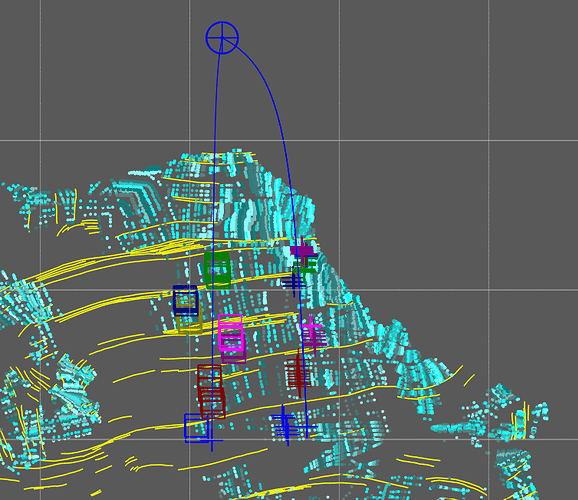Is there a way to use the Hellinger tool for oceanic plates of which the conjugate is missing? This is the case in large parts of the Pacific.
We have the impression that it should be possible to use different chrons on the same plate instead of the same chron on different plates, but haven’t found a way to do that.
Hi Thomas,
It’s just been pointed out to me that you could take your two chrons on the same plate and give them different plate indices as if they represented different plates (1=moving, 2=fixed). Then the fitted pole will represent the half-stage rotation (since both chrons are on the same plate, assuming symmetric spreading). So you’d need to double the angle (and possibly negate it depending on which chron you assigned to the fixed plate and which to the moving plate). The final part, adding up these stage rotations to produce the finite reconstruction poles in the rotation file, is the same as you would do if you had used the same chron on different plates (perhaps using the Finite Rotation Calculator in menu Utilities > Calculate Finite Rotation...).
Regards,
John
Thanks John!
I have been trying to get this working, but with no success. I do get the picks on two separate chrons in one plate matched, do an estimate for a pole:
But nothing happens on clicking ‘Calculate Pole(s)’, except for a ‘[Warning] Python error: “Unknown error.”’ in the second GPlates terminal.
Hi Thomas,
Actually try using GPlates 2.1 (or earlier) instead of GPlates 2.2. Just for the Hellinger tool.
I just noticed that the Hellinger Python code has not been ported to Python 3. So I’ve just done that now, and it will work again in GPlates 2.3. In the meantime, GPlates 2.1 (and earlier) use Python 2 internally, I’ve just tried doing a Hellinger fit and it works.
Regards,
John
Thanks John!
GPlates version 2.1 does the trick for me too 
